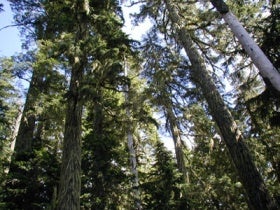 Tomorrow, the U.S. Senate Environment and Public Works Committee will hold an important hearing on the regulation of greenhouse gas emissions under the Clean Air Act. On April 2, 2007, the U.S. Supreme Court affirmed the power of the U.S. Environmental Protection Agency (EPA) to address global warming under existing law. Unfortunately, EPA’s progress has been stymied by stiff winds blowing from the White House.
Tomorrow, the U.S. Senate Environment and Public Works Committee will hold an important hearing on the regulation of greenhouse gas emissions under the Clean Air Act. On April 2, 2007, the U.S. Supreme Court affirmed the power of the U.S. Environmental Protection Agency (EPA) to address global warming under existing law. Unfortunately, EPA’s progress has been stymied by stiff winds blowing from the White House.
Environmental Defense Fund has uncovered a document that provides a disturbing look at the White House’s views on global warming science, views that were revealed as part of White House efforts to interfere with progress at EPA. On June 20, the White House Office of Management and Budget transmitted a fax to EPA with numerous comments on a critically important EPA technical document examining how global warming endangers human health and the environment.
The summary below highlights a few remarkable examples from the White House fax [PDF].













 You know how Peace Corps volunteers travel to developing countries offering help where it’s needed? Imagine a corps of interns working at U.S. corporations to help them reduce their environmental footprint, save energy, and save money, and you have the Environmental Defense Fund Climate Corps.
You know how Peace Corps volunteers travel to developing countries offering help where it’s needed? Imagine a corps of interns working at U.S. corporations to help them reduce their environmental footprint, save energy, and save money, and you have the Environmental Defense Fund Climate Corps.
